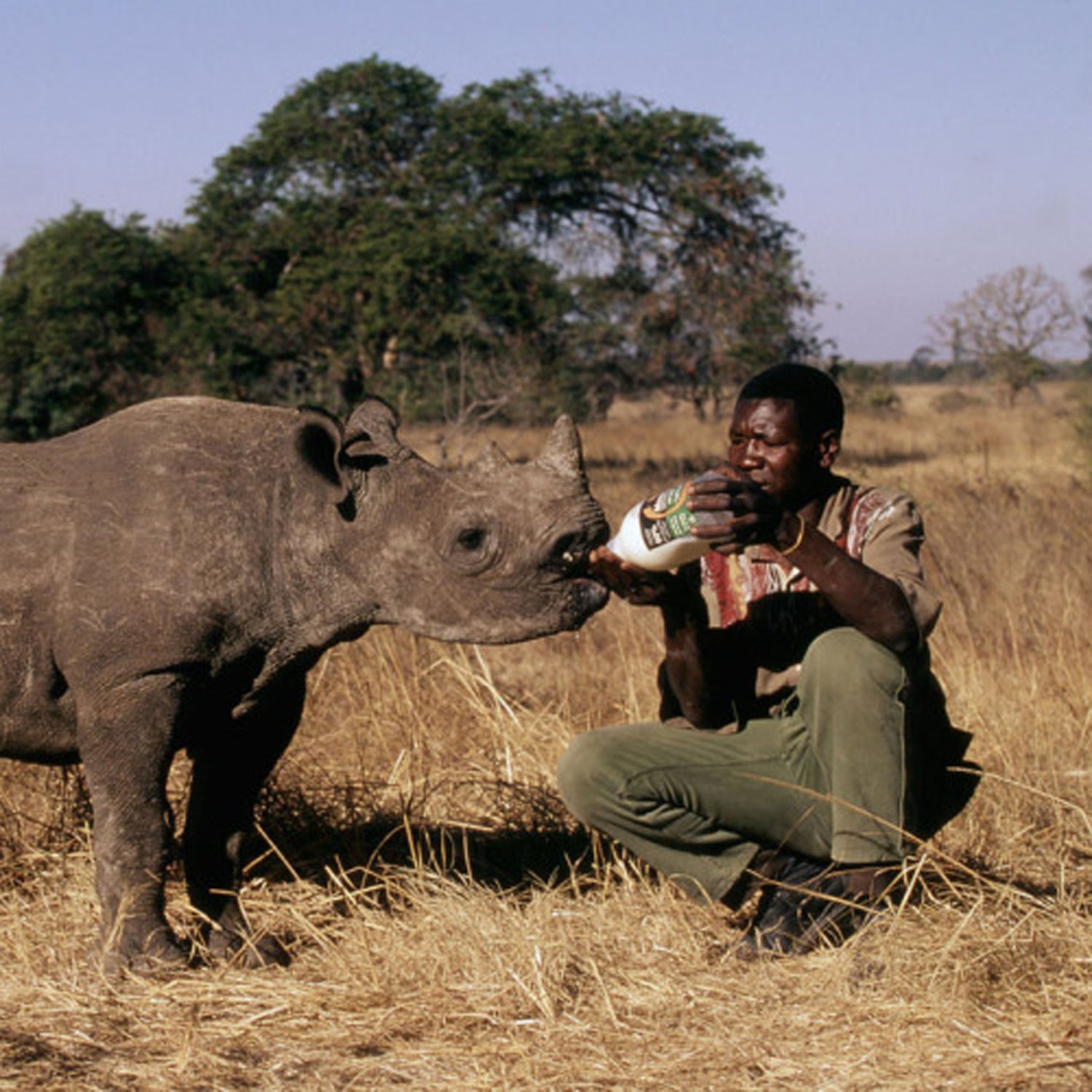Seeing a rhino in the wild is one of Africa’s quintessential safari experiences and a lump-in-your-throat moment for those lucky enough to realize the dream. This is what you came to the continent for, right?
Maybe you’ll zoom in with your SLR camera and snap some great shots that you’ll edit later and share online with friends. Or perhaps you’ll take quick pics on your cell phone and post on Facebook or Instagram within minutes.
Either way, what you might not realize is that the second you share that photo online, you could be helping a rhino poacher find his next victim.
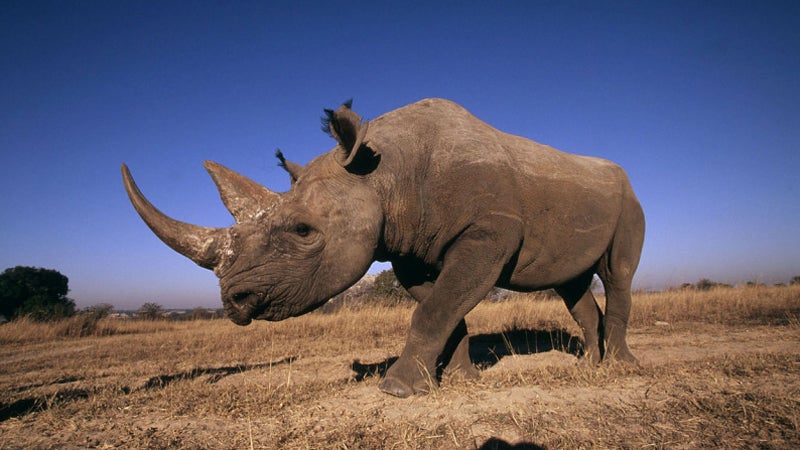
Finding Rhinos
The Hospitality Association of Namibia recently on its Facebook page of a sign hanging in a safari vehicle that reads: “Please be careful when sharing photos on social media. They can lead poachers to our rhino. Turn off the geotag function and do not disclose where the photo was taken.”
Geotagging is the process of automatically including geographic information in cell phone pictures. When you share your photos with others, the information is embedded within the photograph, and anyone with access to the Internet can extract that data from your picture.
Plug the longitude and latitude into Google Maps, for example, and you could discover the exact spot where the photo was shot, give or take a few feet. Combine that with the fact that rhinos are very sedentary and often hang out in the same general area for days at a stretch, and you have a potentially serious situation.
“If you’ve got a fresh GPS coordinate for a rhino—or you know where it’s going to water every night—it’s very easy to quickly find and poach it,” explains Chris Weaver, director of the for World Wildlife Fund (WWF).
Rhino poaching has dominated the news recently, as —all in an effort to sell the horns of the prehistoric mammals. Some believers of traditional Asian medicine think pulverized rhino horn will cure strokes, convulsions and fevers, among other ailments.
Though there is no scientific proof of such medicinal value, rhino horn is nonetheless highly prized—so much so that a single rhino horn can fetch $250,000 on the black market.
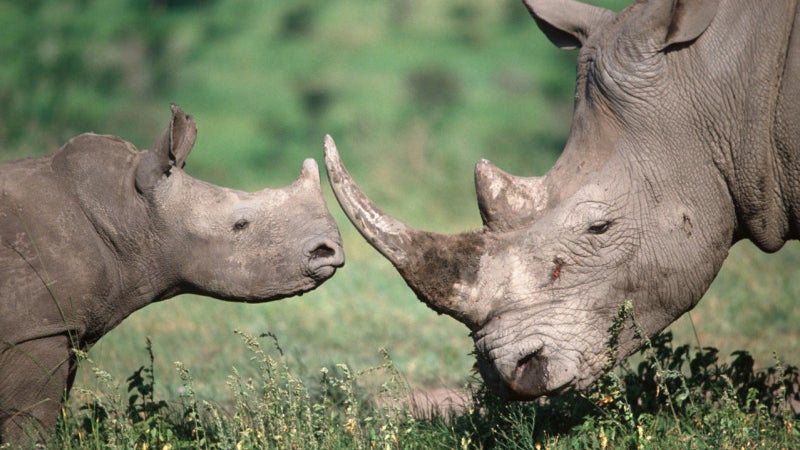
Faux Tourists
As more and more of the endangered rhinos are killed, conservationists and government officials in some parts of Africa have become extremely protective. In fact, they try not to discuss the animals publicly anymore.
“While Namibia would love to boast about its success with relocation of protected species into private parks and the growth of its rhino population and rhino tracking activities, unfortunately such positive news may draw poachers to our area,” said Gitta Paetzold, CEO of the Hospitality Association of Namibia. To combat this, several organizations have started educating travelers about how poachers can pluck GPS coordinates off photos that tourists post on social media sites.
Poachers can also examine your photos and identify markers in the background, such as a particular grove of trees or a mountain peak. And some , going on guided expeditions on game farms or in national parks. The first time this happened, in South Africa’s Hluhluwe-Umfolozi Park, two men killed a pair of white rhinos. The men were later arrested. It’s , where poachers killed a pair of one-horned rhinos in Kaziranga National Park.
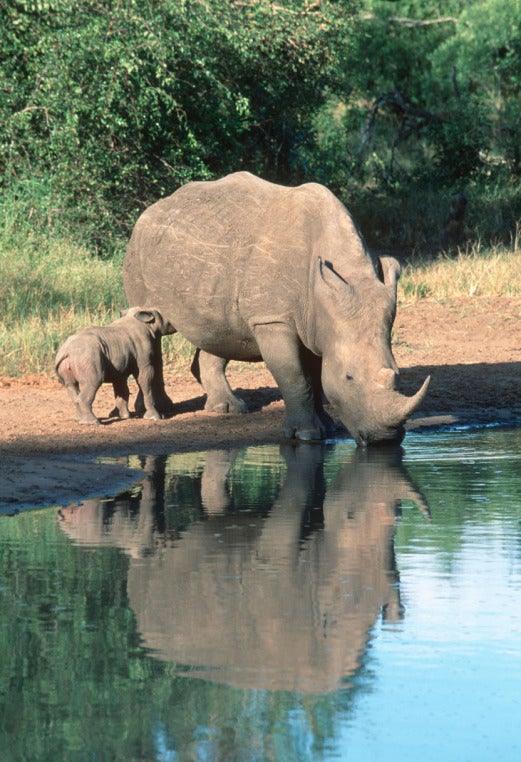
Guides, of course, lead their visitors right to where the rhinos are, and the faux tourists may then snap photos without raising any suspicions. Would-be poachers or informants can then send a photo with a location tag to anyone or return to the spot later to seek out the rhino.
Weaver was recently exploring the Namibian desert with some guests when he came across a group of tourists who took an unusual interest in two white rhinos. They snapped more than the typical number of photos of the animals with their cell phones and spent more time with them than Weaver has observed during his 20 years working in Namibia.
“I’m thinking, how would a person know that they’re not just forwarding these photos on to China or Vietnam and saying ‘How much will you pay for information on this rhino?’” Weaver said. “Pass that on, and five minutes later, you’ll have an answer back: ‘I’ll give you X amount for that set of horns.”
It’s not a far-fetched proposition. In South Africa, for example, officials have become more vigilant about rhino tourism, documenting the names and visits of tourists. Weaver said he’s even heard of some spots where cell phones are forbidden on safari vehicles.
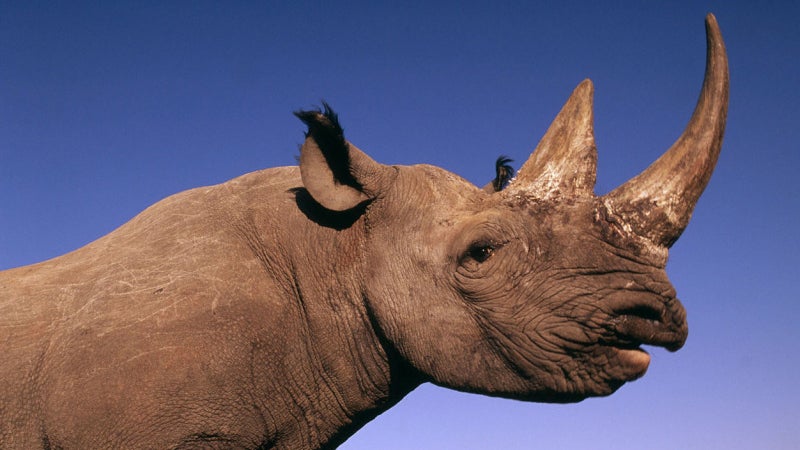
How You Can Help
Although visitor photos may inadvertently help poachers on occasion, there is a silver lining: travelers can actually be a huge aid to rhino conservation efforts, especially in Namibia where tour operators work with community members who value wildlife and work tirelessly to protect it.
“You as a tourist are actually making a difference,” WWF’s Weaver says, explaining that a portion of tour payments go toward community conservation efforts. “Your tourist dollars create long-term incentives for people to set aside habitat for wildlife and live with wildlife.”
To ensure you’re not aiding poachers with your travel photos:
- in the settings section of any smartphone you use to take photos.
- on photos previously shot.
- Be mindful of privacy settings on social media sites. if posting photos of rhinos, only share them with trusted contacts.
- Pay attention to fellow tourists. If you see someone acting out of the ordinary or hear a few too many questions about where rhinos are and how long they’ll stay there, alert national park staff or your guide. That person could be a poacher informant.
- Be wary of sharing too much information with overly interested people, such as taxi drivers or hotel staff. If a line of questioning gets too detailed about the location of an animal you saw that day, answer vaguely.
about what WWF is doing to stop rhino poaching.


